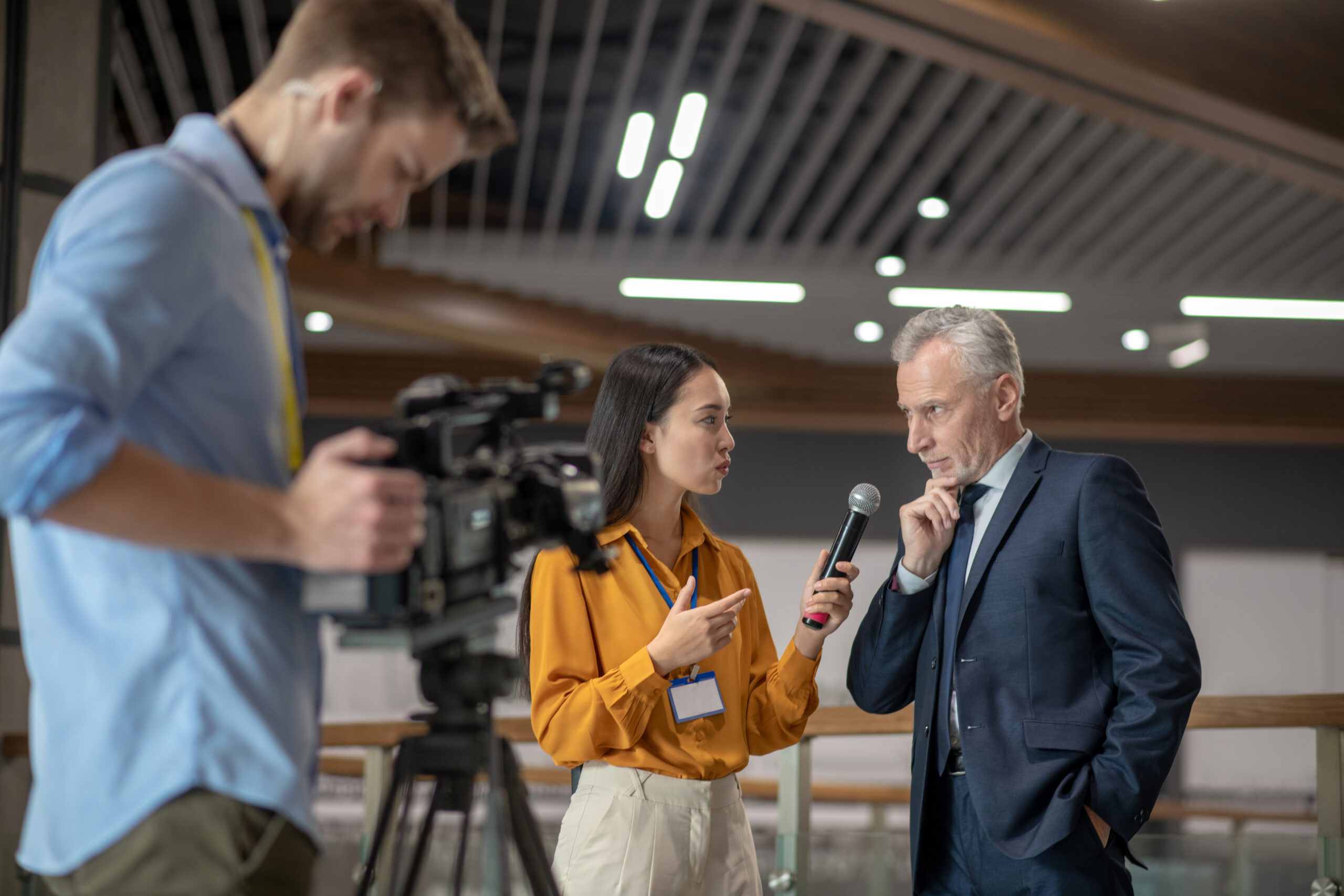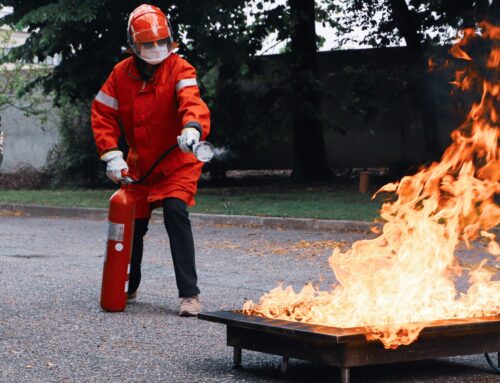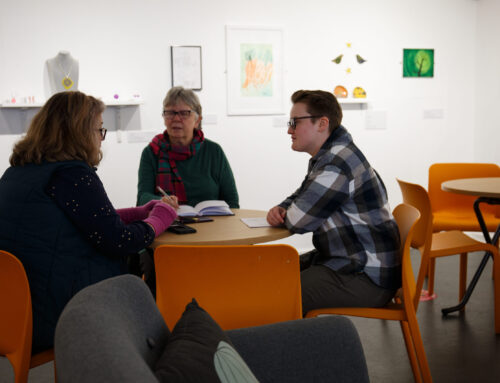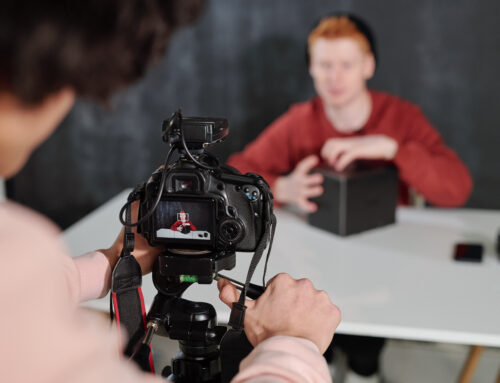If a staff member or client has never been on camera before, how can you tell ahead of time if they’ll be a natural, or stiff as a board?
As tempting as it might be to create a business video which is just animations and stock footage, potential clients love being able to hear directly from you and your members of staff.
It helps them to get an idea of your personality. So if they go on to pick up the phone and get in touch, they’re a more qualified lead as they already like who you are as a person.
Or if you’re going down the route of video case studies, then being able to see the client face to (virtual) face makes their testimonial far more trustworthy, relatable, and engaging.
But if you’re about to put a client or staff member forward to appear in a business video, how do you know if they’ll come across well?
Are they engaging to talk to?
When you’re having a conversation with them generally, do you find it engaging? Or does it take them ages to get to the point?
By and large, if they’re someone who can get a point across well in normal conversation, I can get them to do the same on camera.
That’s because I don’t make the subject look straight down the barrel of the lens. That’s really hard, and takes years of practice to do naturally.
Instead, I interview them TV news style – after all, in news, they’re quite often just grabbing people on the street and getting them talking on camera in seconds.
With this, I sit next to the camera and ask questions, making it feel really conversational. They don’t look at the camera, they look at me throughout (and most times after filming people tell me they forgot the camera was even there!)
It all boils down to it being a conversation. Why is why if they’re engaging to talk to generally, my filming process means that will come across on camera too.
Don’t worry about the um’s and err’s
These are called filler words – because they literally fill the gap while you’re thinking about what you want to say.
Everyone uses them sometimes, to varying degrees.
Which means that actually they sound natural, and I’ll normally leave some in the finished edit. No filler words at all sounds robotic!
But if someone um’s a bit too much, it can feel like it’s taking too long to get to the point.
That’s why I film the interview on two cameras – so if I need to remove filler words for fluency, I can cut to the other camera and the viewer won’t notice that anything is missing.
Making sure they feel briefed and prepared
Of course, there’s things you can do beforehand to make sure your interviewee is set up for success.
With my testimonial process, I ring them up ahead of the filming session and go through the topics the client wants them to mention.
I’ll get their answers in advance to these questions – because there’s some where they’ll have absolutely LOADS to talk about, and others where they’ve not got as much to say. Therefore I know the topics where they’ll come across best.
After that, it’s a case of briefing them with what’s involved in the filming session, so there’s no surprises on the day. If they’re confident and assured with what’s going to happen, that’ll help them present that way on camera.
Wondering what else makes a client a good candidate for a testimonial video? Or got someone in mind but you’re unsure of how to convince them to do it?
And you can book a chat with VideoHQ’s creative director Hannah Quinn here to discuss how case study videos could work as part of your marketing strategy.





